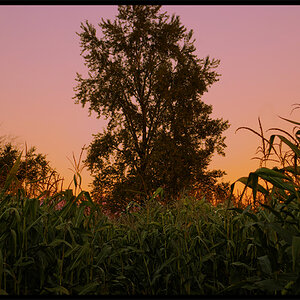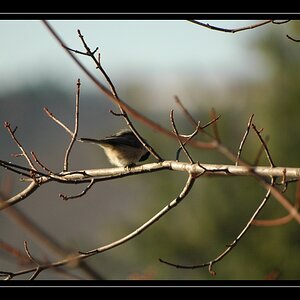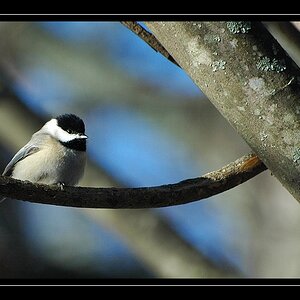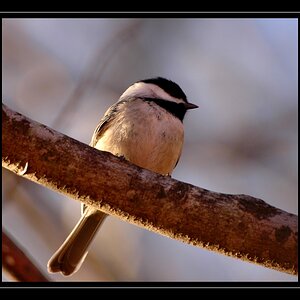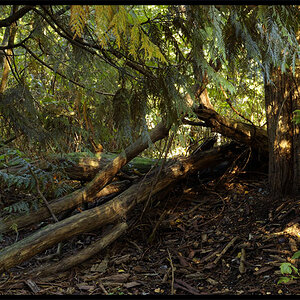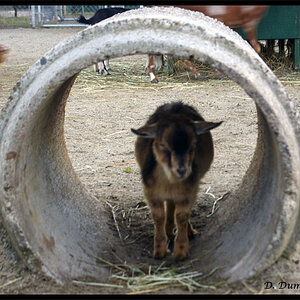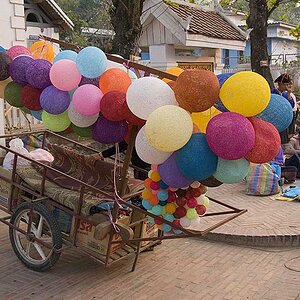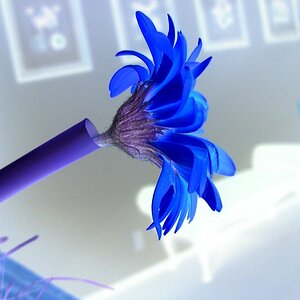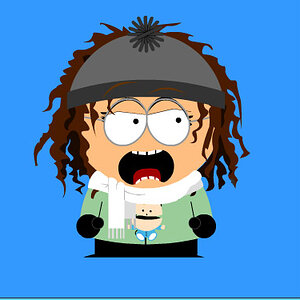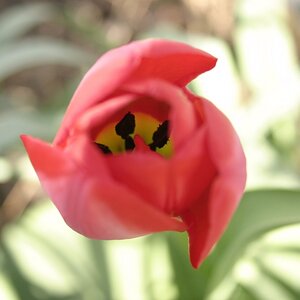padrepaul77
TPF Noob!
- Joined
- Jan 28, 2009
- Messages
- 155
- Reaction score
- 2
- Location
- Twin Cities, MN
- Can others edit my Photos
- Photos OK to edit
Just getting into SLR photography, having ordered the Olympus E620 and a few lenses, including the 70-300mm one. It has a 35mm equivalent of 600mm.
I saw Olympus has two teleconverters one can get, the E14 and E20. Were I to get one and use it with this lens, seemingly that would be a lot of zoom.
The lens already has a very nice zoom, so would this be a waste of money? What I would use it for would be shooting pictures of birds or animals when walking around on area trails. But you need a lot of light for the thing, so I'm not sure if I want to spend 300 to 500 just to get one. I've shot with a powershot sx10is from Canon, and this lens would take me even just beyond what I get with that superzoom (20x) lens. When I asked the guy at National Camera, he said with that lens I'm getting I'm already in "private detecitve" range and it is quite nice.
This will be my first SLR, and I can get a TC for as low as $300 off of ebay, used. Should I just save my money?
Thanks,
Paul
I saw Olympus has two teleconverters one can get, the E14 and E20. Were I to get one and use it with this lens, seemingly that would be a lot of zoom.
The lens already has a very nice zoom, so would this be a waste of money? What I would use it for would be shooting pictures of birds or animals when walking around on area trails. But you need a lot of light for the thing, so I'm not sure if I want to spend 300 to 500 just to get one. I've shot with a powershot sx10is from Canon, and this lens would take me even just beyond what I get with that superzoom (20x) lens. When I asked the guy at National Camera, he said with that lens I'm getting I'm already in "private detecitve" range and it is quite nice.
This will be my first SLR, and I can get a TC for as low as $300 off of ebay, used. Should I just save my money?
Thanks,
Paul



